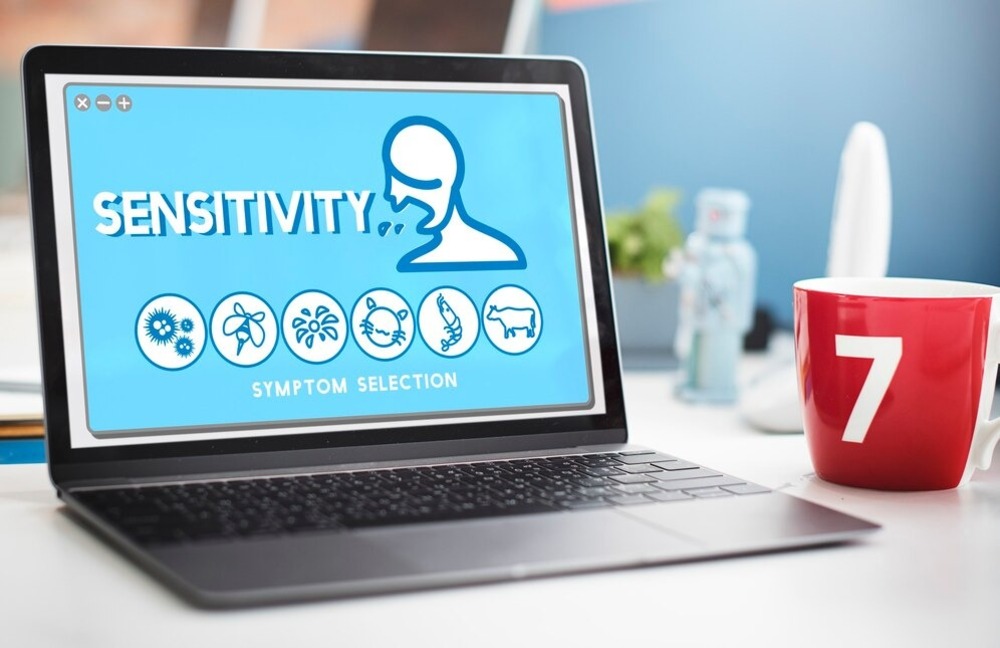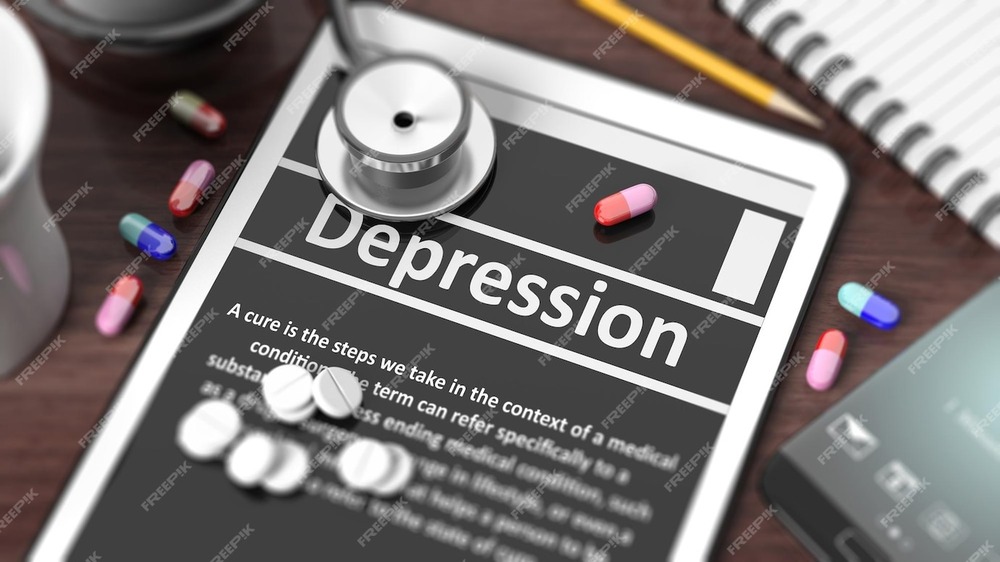In recent years, the landscape of mental health care has undergone a significant transformation, driven largely by advancements in technology. With the rise of artificial intelligence (AI) and digital mental health tools, the future of depression testing is looking brighter than ever. As we delve into this topic, we will explore the statistics surrounding depression, the role of AI in mental health, and how digital tools are reshaping the way we approach mental wellness. 🌟

Understanding Depression: A Global Perspective
Depression is a leading cause of disability worldwide, affecting over 264 million people according to the World Health Organization (WHO). This staggering number highlights the urgent need for effective testing and treatment options. Here are some key statistics that illustrate the impact of depression:
| Statistic | Value |
|---|---|
| Global prevalence of depression | 3.8% of the population 🌍 |
| Percentage of adolescents affected | 10-20% 📉 |
| Economic cost of depression | $1 trillion annually 💰 |
| Treatment gap in low-income countries | 75% of those affected do not receive treatment 🚫 |
The economic burden of depression is immense, and the treatment gap is particularly pronounced in low-income countries. This underscores the need for innovative solutions that can bridge the gap and provide accessible mental health care.
The Role of AI in Mental Health
Artificial intelligence is revolutionizing various sectors, and mental health is no exception. AI can analyze vast amounts of data to identify patterns and predict outcomes, making it a powerful tool for depression testing. Here are some ways AI is being utilized in mental health:
-
Predictive Analytics: AI algorithms can analyze data from various sources, including social media activity, to predict depressive episodes. For instance, researchers have found that changes in language patterns on platforms like Twitter can indicate shifts in mental health status. 📊
-
Chatbots and Virtual Therapists: AI-powered chatbots, such as Woebot, provide users with immediate support and coping strategies. These tools can help individuals manage their symptoms and offer a sense of companionship. 🤖
-
Personalized Treatment Plans: By analyzing patient data, AI can help healthcare providers create tailored treatment plans that consider individual needs and preferences. This personalized approach can lead to better outcomes and increased patient satisfaction. 🌈
Digital Mental Health Tools: Accessibility and Effectiveness
Digital mental health tools are becoming increasingly popular, offering a range of services from self-assessment quizzes to teletherapy. These tools can be particularly beneficial for those who may be hesitant to seek traditional therapy. Here are some notable statistics regarding the use of digital mental health tools:
| Tool Type | Usage Rate (%) |
|---|---|
| Mental health apps | 25% of smartphone users 📱 |
| Online therapy platforms | 40% increase in usage during the pandemic 📈 |
| Self-help resources | 60% of users report improved mental health 🌟 |
The COVID-19 pandemic has accelerated the adoption of digital mental health tools, with many individuals turning to online resources for support. This shift has made mental health care more accessible, particularly for those in remote areas or with limited mobility.
The Future of Depression Testing
As we look to the future, the integration of AI and digital tools in depression testing holds great promise. Here are some potential developments we can expect:
-
Enhanced Screening Tools: AI-driven screening tools will become more sophisticated, allowing for earlier detection of depression and more accurate assessments. This could lead to timely interventions and better outcomes for patients. 🕒
-
Integration with Wearable Technology: Wearable devices that monitor physiological data, such as heart rate and sleep patterns, could be integrated with AI algorithms to provide real-time insights into an individual's mental health. This could revolutionize how we understand and manage depression. ⌚
-
Community Support Platforms: Online communities and support groups will continue to grow, providing individuals with a safe space to share their experiences and seek help. These platforms can foster a sense of belonging and reduce feelings of isolation. 🤝
Conclusion
The future of depression testing is undoubtedly intertwined with advancements in AI and digital mental health tools. As we continue to embrace these technologies, we can expect a more personalized, accessible, and effective approach to mental health care. By leveraging the power of AI and digital resources, we can work towards closing the treatment gap and improving the lives of millions affected by depression.
For more information on mental health resources and tools, you can explore websites like Mental Health America and NAMI. Together, we can pave the way for a brighter future in mental health care! 🌈




